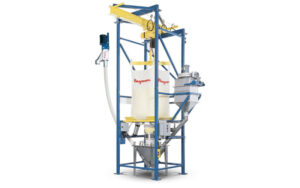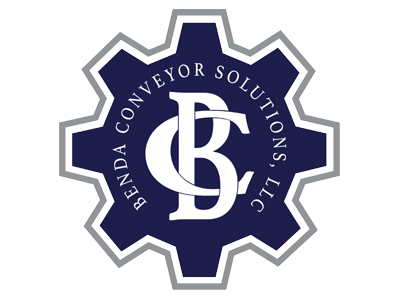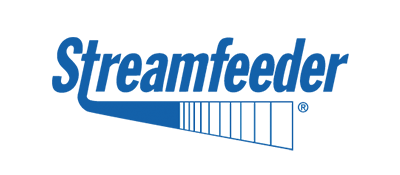LEARN MORE
VIDEOS
RELATED EQUIPMENT
LEARN MORE ABOUT
Industrial Feeders
Vibratory feeders have many applications in packaging. One common use is orientation and feeding of caps and stoppers on capping machines. Other common applications include feeding components into cartons and tablets into blisters or bottles. Large vibratory troughs are used to gently convey and feed bulk product like potato chips. Vibratory feeders are used in combining scale fillers to meter product into the weighing buckets. Vibratory feeders are often used in clean rooms because, not moving, they generate few particulates.

Vibrators are used in hoppers to break up clumps of product, prevent bridging and otherwise assist in gravity flow. These provide an undirected vibration and are outside the scope of this white paper. Vibratory feeders provide a directed vibration to move and orient products.
Other than back and forth vibration, vibratory feeders do not move. Unlike the jiggling vibrators used on hoppers, they cause the product to move in a controlled manner. They do this by combining both vertical and horizontal elements in their motion. They can be circular, generally called vibratory bowl feeders, or linear, often called inline feeders or vibratory conveyors.
READ MORE BY DOWNLOADING WHITE PAPER: DOWNLOAD PDF
Many packages will include coupons, leaflets, cards or similar. These may be dropped inside a carton or glued to the top or side of the package. Two types of feeder may be used for this. Both begin with the leaflets loaded into a magazine.
The belt feeder is generally best where exact placement is not critical such as dropping a leaflet into a carton. Some belt feeders have a perforated belt with vacuum underneath. Others rely in belt friction alone. As it passes under the magazine, the belt slides the bottom leaflet from the magazine. Guides prevent more than one leaflet at a time being pulled out. Subsequent top guides and sometimes powered belts, prevent the leaflet from slipping on the feed belt. At the end of the feed belt, the leaflet is discharged into the carton.
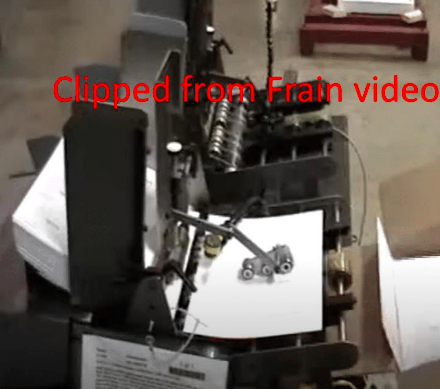
When higher speeds or more precise placement are required, an orbital placing feeder may be a better choice. The magazine will usually be horizontal or inclined rather than vertical. A wheel or arms with rotating suction grippers rotates past the magazine. As it does, the suction cups pick up the outermost leaflet. As the wheel continues rotating, the leaflet aligns with the package and is released. An advantage of this tyle of feeder is that it can apply glue to the leaflet then positively apply the leaflet to the package as it makes contact.
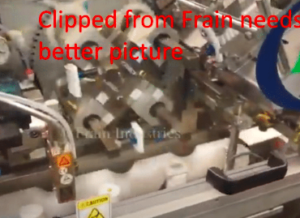
Elevating feeders
When there is a need to move bulk product from one place to another or one elevation to another, there are several options available.
Screw conveyors generally work best for powders or granular products and are occasionally used for semi-solid products. They can be designed for horizontal, angled or vertical mounting. Screw conveyors consist of a screw enclosed in a metal or plastic tube. Several types of screw are available. One style is a solid rod with screw flights welded to it. These are generally more efficient but are not flexible.
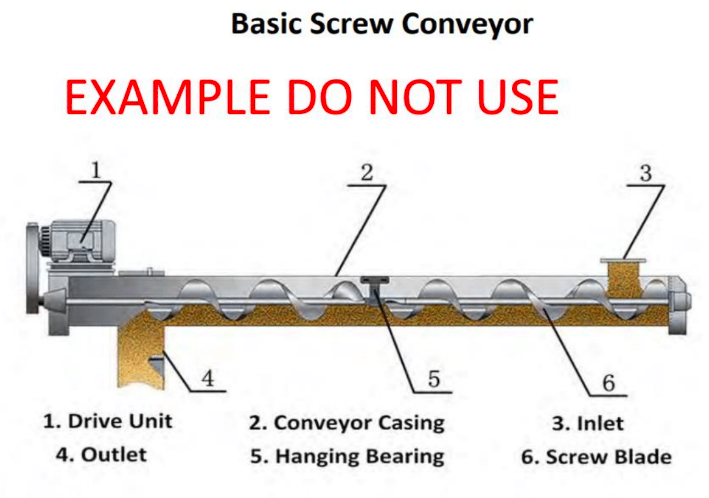
Shaftless screws form the screw from a continuous strip or rod with no center shaft.
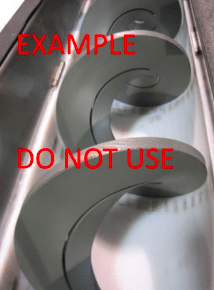
Similar in external appearance and usage is a drag-chain conveyor. This uses discs attached to a continuous chain to move the product within a tube. A disadvantage to this style is that that it required a return tube, increasing the size of the system.
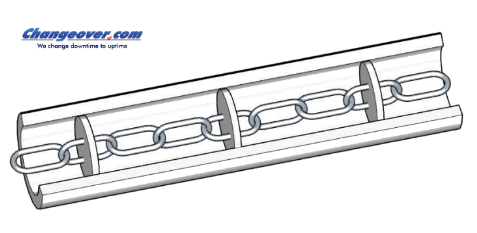
More delicate products do not lend themselves well to screw feeding conveyors. Bucket conveyors may be the answer. Plastic or metal buckets are suspended from 2 side chains. The buckets are swiveled so that they always remain horizontal as the conveyor direction changes from horizontal to vertical and back to horizontal. At the discharge point, as the buckets go over the nose of the conveyor, they are guided parallel to the conveyor chain dumping the product into the discharge chute.
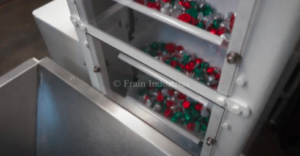
videos
Feeder Overview
AUGER FEEDER: Tetra Pak Hoyer FF2000C2 Inclusion Feeder Demonstration
AUGER FEEDER:J H Day 50 CU FT Ribbon Mixer & Flexicon 1450 Auger Feeder Demonstration
AUGER FEEDER: 9FT³ Auger Feeder Demonstration
INCLINE CLEATED FEEDER: Ultra Fab Inc Cleated Incline Conveyor Demonstration
INCLINE CLEATED FEEDER: KOFAB KDRIVE Incline/Cleated Feeder Demonstration
INCLINE CLEATED FEEDER: SureKap Incline/Cleated Feeder Demonstration
COUPON/LEAFLET INSERTER FEEDER: ST 1450 S/S friction feeder
COUPON/LEAFLET INSERTER FEEDER: ST Friction Feeder Demonstration
COUPON/LEAFLET INSERTER FEEDER: MGS Feeder Demonstration
SCREW FEEDER: Doering Feeder Auger, stainless steel, quad screw, pump system.
SCREW FEEDER: Carruthers Stainless Steel Incline Screw Feeder Demonstration
SCREW FEEDER: Conveyor Services Bi-Directional Twin Screw Auger Feeder Demonstration
VIBRATORY FEEDER: Vibra Screw Auger Feeder Demonstration
VIBRATORY FEEDER: Meyer Vibratory Feeder Demonstration
VIBRATORY FEEDER: Smalley Vibratory Conveyor Demonstration
ROBOTIC PICK AND PLACE: BTB Solutions LLC REAPR Robotic Palletizer Demonstration
ROBOTIC PICK AND PLACE: MGS Topserter, high speed, 4 head, pick and place coupon feeder
OUTSERTER FEEDER: MGS Feeder Demonstration
OUTSERTER FEEDER: Thiele 2 head rotary coupon outserter
DESICANT FEEDER: Omega Design, in line canister style desiccant dispenser
DESICANT FEEDER: CVC Filling, Capping, and Labeling Line Demonstration
VACUUM FEEDER: Piab Usa Inc Feeder Vacuum L200 5F9311
BUCKET ELEVATOR FEEDER: Frazier & Son WHIZ LIFTER Bucket Elevator Demonstration
BUCKET ELEVATOR FEEDER: Frazier & Son Conveyor Bucket Elevator C-WD Demonstration
BUCKET ELEVATOR FEEDER: Frazier & Son, stainless steel, Z style bucket elevator



